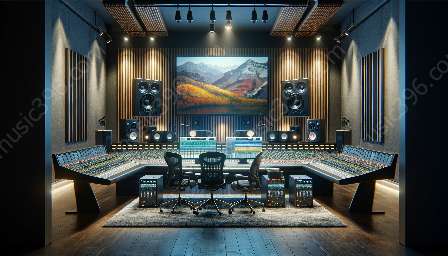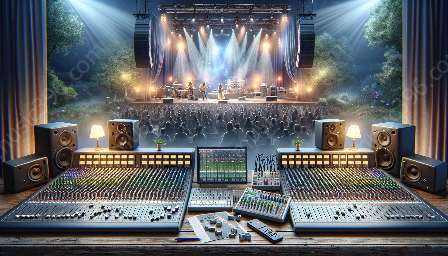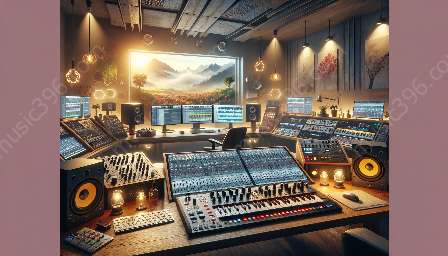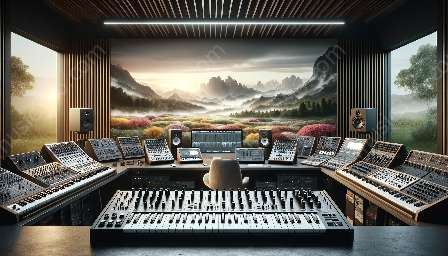With the increasing demand for immersive and high-quality audio experiences, spatial audio and surround sound formats have taken center stage in the audio industry. Understanding these technologies is crucial for anyone interested in audio formats and how they interact with CDs and other audio media.
Understanding Audio Formats
Before diving into spatial audio and surround sound formats, it's essential to grasp the basics of audio formats. In the world of digital audio, various formats exist, each with its own unique characteristics and applications. Common audio formats include MP3, WAV, FLAC, and AAC, among others. Each format has its specific compression algorithms, file sizes, and compatibility with different devices and platforms.
CD & Audio Formats Compatibility
When it comes to CDs, they typically use the Red Book standard, which specifies certain parameters for audio data storage. CDs usually contain audio in the form of uncompressed PCM (Pulse Code Modulation) at a 16-bit resolution and a sampling rate of 44.1 kHz. Understanding how other audio formats interact with CDs, such as converting digital audio files to the CD format, is essential for maintaining audio quality and compatibility.
The Rise of Spatial Audio
Spatial audio refers to the technology that creates a lifelike, three-dimensional audio experience. It aims to replicate the way humans perceive sound in the real world by incorporating directional and distance cues. With the advancement of spatial audio, listeners can experience audio that seems to come from specific directions and distances, enhancing the overall immersive experience.
One of the most prominent implementations of spatial audio is in headphones and speakers designed to deliver 3D audio. This technology has gained traction in various industries, including gaming, virtual reality, and music production.
Surround Sound Formats
Surround sound formats are designed to create an enveloping audio experience, usually using multiple speakers to immerse listeners in sound from all directions. Common surround sound formats include 5.1, 7.1, and Dolby Atmos, each offering different configurations for delivering spatial audio.
For example, Dolby Atmos has gained popularity for its ability to create an immersive audio experience by adding height channels to traditional surround sound setups. This allows for a more precise placement of sound within a three-dimensional space, enhancing the sense of realism for the listener.
Compatibility with Audio Formats
When it comes to spatial audio and surround sound formats, compatibility with existing audio formats is crucial. As the industry moves towards immersive audio experiences, ensuring that spatial and surround sound content is compatible with various audio formats becomes increasingly important. This compatibility ensures that consumers can enjoy spatial audio content across different devices and platforms without losing quality.
The Future of Audio Experiences
As spatial audio and surround sound formats continue to evolve, the future of audio experiences looks promising. From enhanced gaming experiences to lifelike virtual reality environments and immersive music concerts, spatial audio and surround sound formats are reshaping the way we perceive and interact with audio.
With advancements in technology and increased consumer demand for high-fidelity audio, the integration of spatial audio and surround sound formats into mainstream media is expected to become more prevalent, providing listeners with truly captivating audio experiences.






























